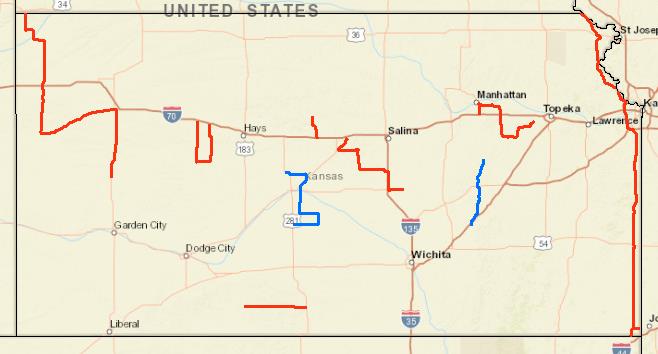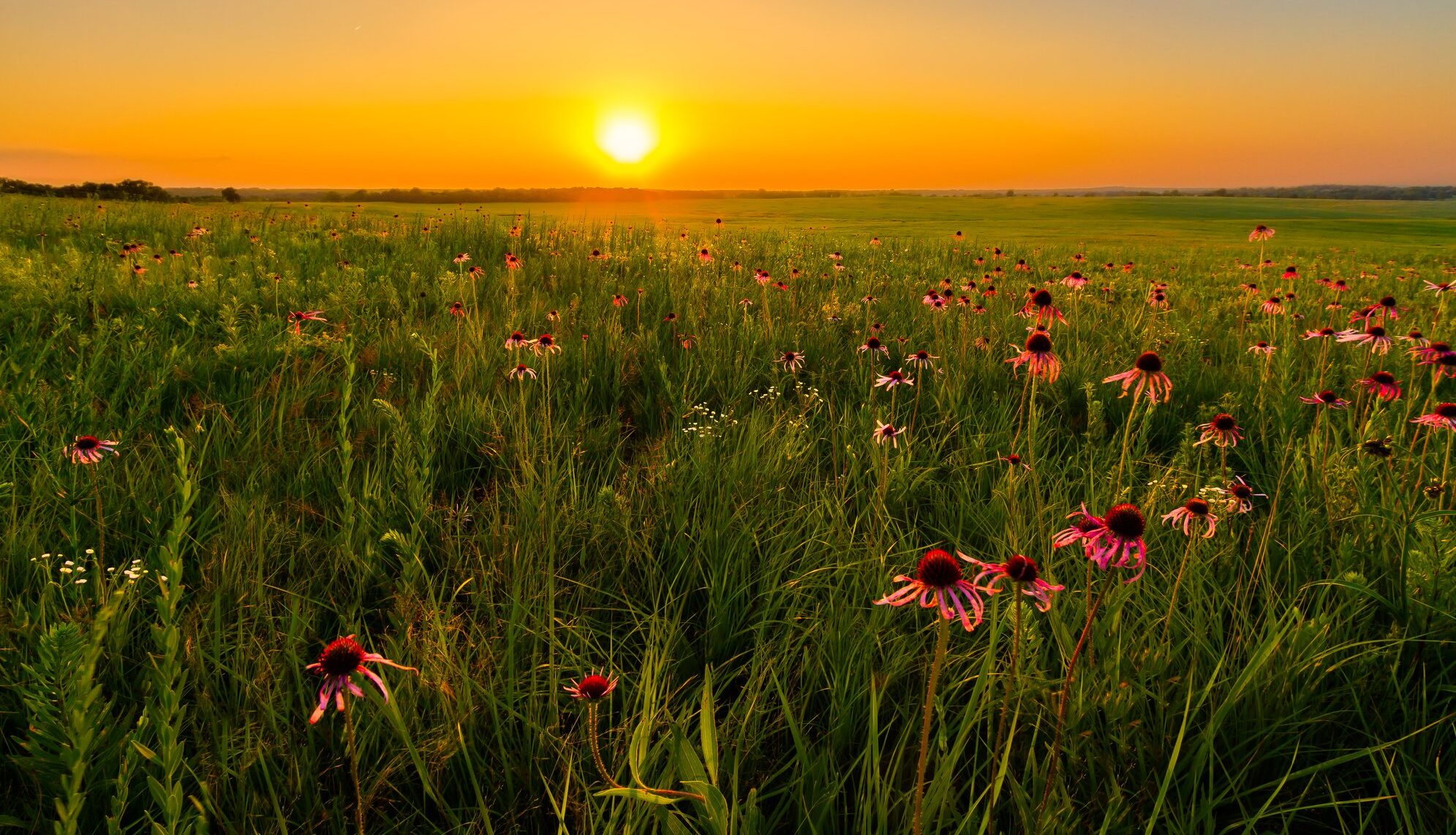Get the printable version
Each two-page document includes information about the state’s scenic byways program, in addition to a listitng and map of all state and national scenic byways within its borders.
Kansas Byways
The Kansas Byway Program was developed in 1994 as a grassroots effort to protect, enhance, and promote the scenic drives of Kansas. The program is directed by the Kansas Department of Transportation with the Division of Travel and Tourism, the Department of Parks and Wildlife, and the Kansas State Historical Society. Kansas’ scenic roadways serve as natural, social, cultural, and economic resources for the traveling public. The state program includes 10 designated byways totaling 679 miles of roads. Kansas is home to two federally designated byways, the Flint Hills Scenic Byway and the Wetlands & Wildlife Scenic Byway, which promote the natural beauty and heritage of Kansas while generating economic tourism for local communities.
Key Points
- Kansas is home to 12 scenic byways, including two national scenic byways and 10 state scenic byways.
- Kansas sustained 66,000 jobs and generated $11.8 billion in revenue.
- Tax revenue from travel and tourism saves each Kansan $600 annually.
Kansas Byways

Map Key:
- National Scenic Byways
- State Scenic Byways
National Scenic Byways
National Scenic Byways
State Scenic Byways

Byways Provide Access to Public Lands
Kansas byways provide access to the state’s most spectacular public lands, including four national historic sites, five national trails, 28 state parks, and one national preserve.
About the National Scenic Byways Program
The National Scenic Byways Program, established by Congress in 1991, recognizes historic, scenic, and culturally important roads, all of which promote economic development and tourism in communities around the U.S. There are more than 1,200 byways in all 50 states.
All scenic byways exhibit one or more of six core intrinsic qualities — scenic, historic, recreational, cultural, archaeological, or natural. For a road to be named a national scenic byway, it must first be designated a state, tribal, or federal agency scenic byway. Once achieving that, a road may apply for national scenic byway designation, but its intrinsic quality must be of regional significance. All-American Roads are the very best of the national scenic byways, demonstrating at least two intrinsic qualities of national significance.